This article originally appeared on i-D FR
In the vast amphitheatre of Waseda University, before an audience of cool kids decked out in free hoodies, Onitsuka Tiger put on an incredibly impressive show at this year’s Tokyo Fashion Week. Designer Andrea Pompilio was launching his S/S 2019 collection, with two clear aims in mind: first, to up the sportswear stakes for one of Japan’s oldest brands, and secondly, in his words, “push the brand” into the largely-unchartered territory of Europe, where it does not have the same reputation as it does in the Asian market.
Pompilio bemoans their weakness in Europe, but if I was to put the name Bruce Lee to you, what would you imagine? You’d picture the world’s greatest martial artist in his black and yellow suit, nunchucks flying, steel in his eyes – an image so striking as to fully imprint itself on global pop culture, and to persist today. You may wonder what a fighter as nimble and devastating as Lee would wear on his feet. The answer, as you can find in his 1978 film Game of Death (where he debuted his iconic outfit), is Onitsuka Tiger.
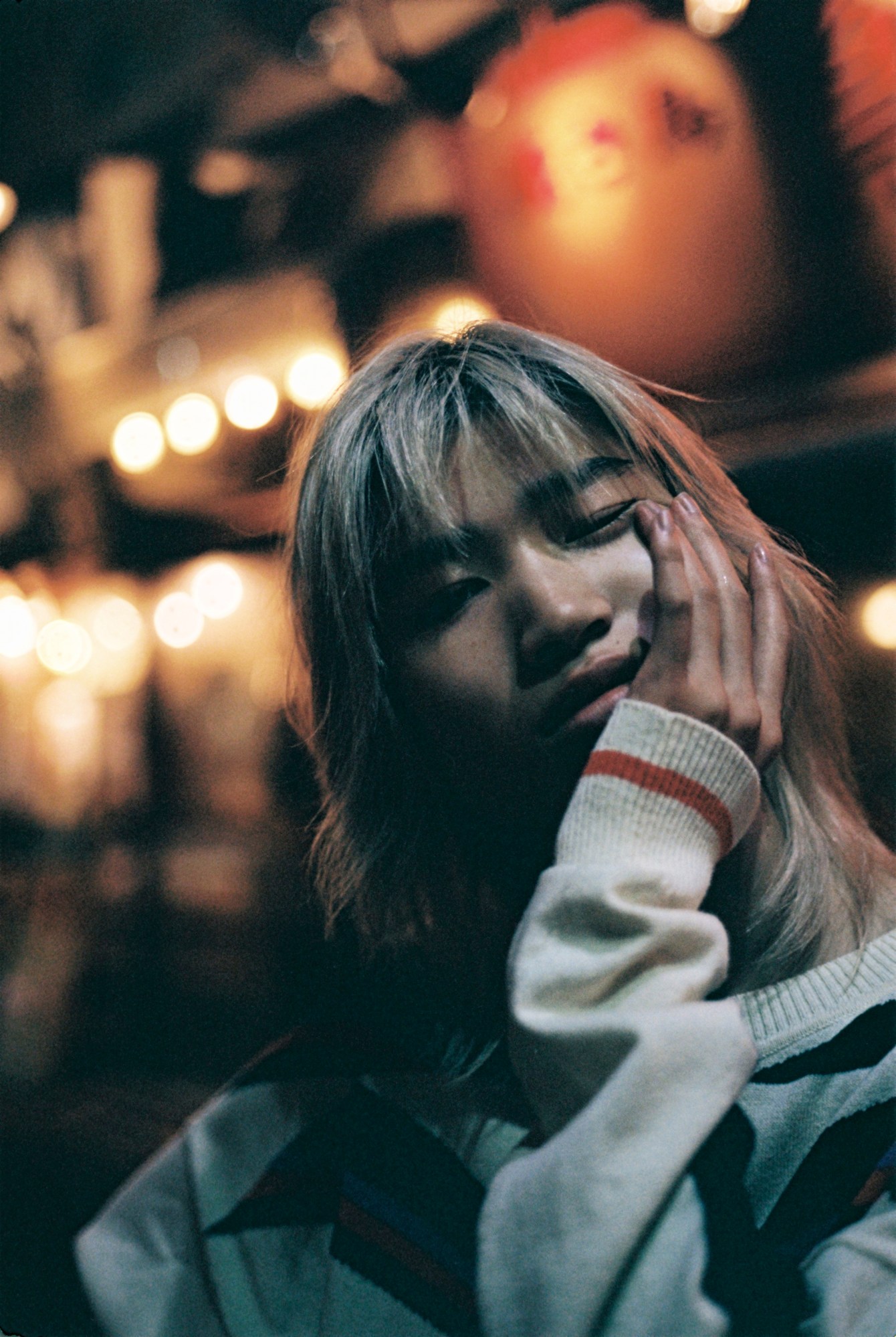
The brand was originally launched in 1949 by Kihachiro Onitsuka, a former Japanese officer keen on giving back hope to the country’s disaffected post-war youth, by encouraging sports. Onitsuka originally focused on basketball gear, before evolving to running shoes in the fifties, and then in the sixties, launching ASICS – the spin-off brand which eventually grew so large as to subsume all Onitsuka brands within a decade. Tiger, however, has left an undeniable mark on Japanese culture, and still holds up as an enduring model of quality.
Over on Western shores, however, the brand has been left in the shadow of ASICS; save for a 2002 relaunch, hot on the heels of Quentin Tarantino’s Kill Bill. Always the one to pay homage to his idols, Tarantino had his heroine, Beatrix Kiddo, mirror Lee’s Game of Death outfit, as she sliced through her opponents in a yellow-and-black bodysuit and a pair of Onitsuka Tiger Tai-Chis. The connection with Tarantino and Lee sparked a mini-revival of sorts, but Tiger has a long way to go before it matches ASICS for notoriety.
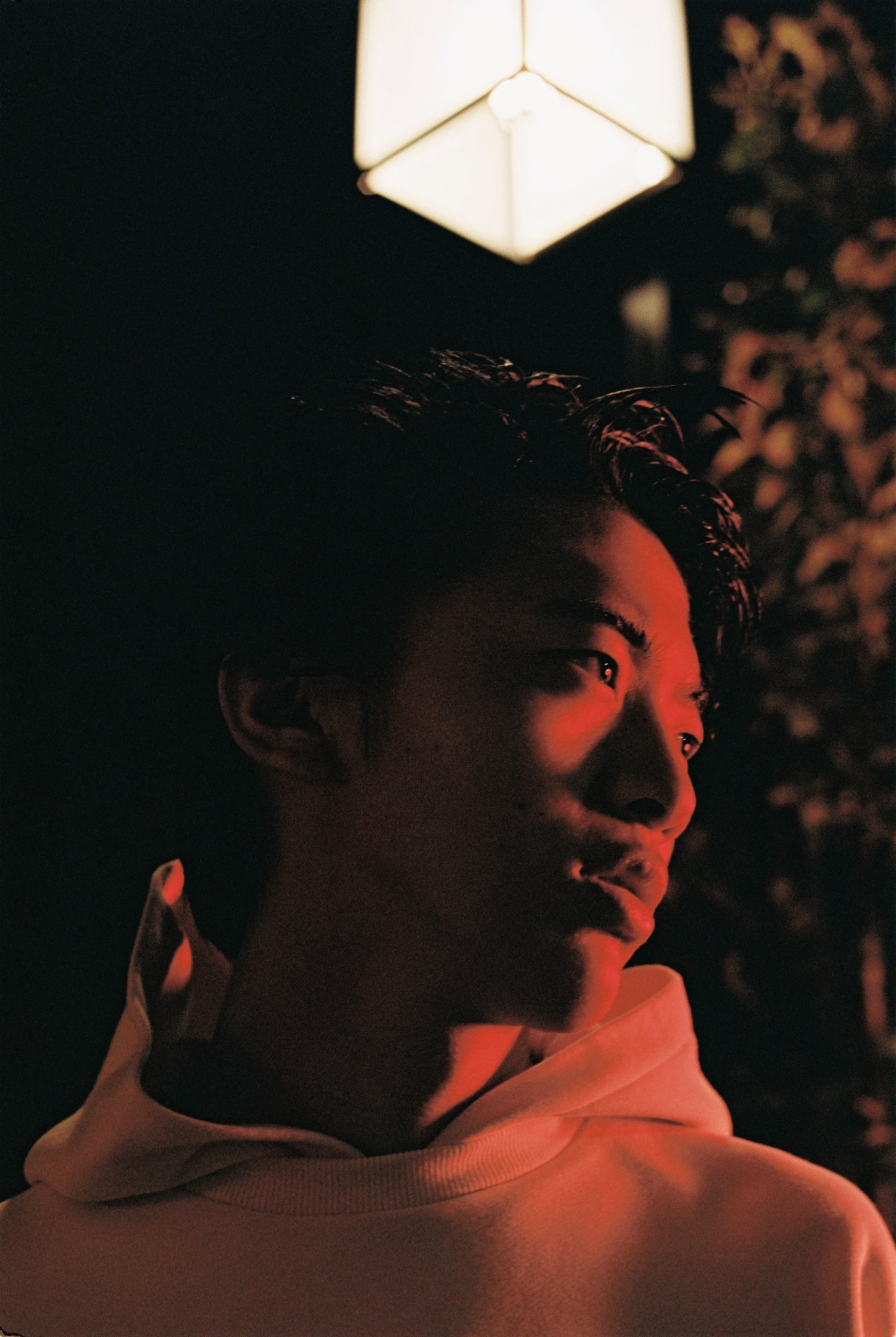
With this in mind, Pompilio’s collection takes on more importance. He has sought to craft what he describes as an “equilibrium between this ancient Japanese brand, the European mindset, and the legacy of Italian design”, with the aim of putting Onitsuka Tiger back on the global map; fusing Eastern heritage with Western elements. To the mesmerising tune of Philip Glass’s ‘Heart of Glass’ rework, models walked down the auditorium’s alleys, whizzing between rows of captivated spectators.
Pompilio drew influence from all manner of athletics: from ballet, to basketball, to football – “none of which are too prominent”, in his words. As such, the collection ranges from huge tulle skirts, to full-yellow tracksuits (another nod to Bruce), to denim ensembles spiced up with trademark accessories. Throughout, there was a constant play on footwear – one outfit would be matched with vintage sneakers; others, a brand-new pair, as a tribute to the brand’s base.
Despite the academic setting, the catwalk was no boring lecture. And although the location was somewhat surprising, Pompilio deemed it the perfect location for the message he was trying to convey. “This historical building was picked as a way of bridging the gap between the young generation and this ancient company,” Pompilio explained the day after. “We fitted their traditional Japanese garden – which you had to walk through on your way to the party – with all of these modern installations, to emphasise the contrast between youth and heritage.”

This contrast is Tokyo, and is Japan at large, with its youth culture captivating minds all over the world. “I draw a lot of inspiration from the local youth,” Andrea adds. “What I love most is how easy-going and free they are with what they wear. If a man wants to leave the house in a skirt, with pink hair, then he’ll do it, and nobody will judge him. In Europe and the US, things are very different. People are much harsher – people stare, they make remarks. They don’t do that in Japan, and I find that beautiful. They manage to be very open while being very strong, in how they act and how they dress.”
Andrea Pompilio is well aware of how much he’s already achieved with Onitsuka Tiger, and perhaps much more aware of how far he has left to go. Most importantly, he must set about convincing the hordes of streetwear aficionados, most of whom do not know that Tiger gave way to ASICS, and not the other way around. Pompilio could not have found a more suitable second home to launch that challenge: “In Europe, we’re always very stressed out, and slightly aggressive – Japan is therapeutic. When I come home to Milan, people ask if I was away on a spa break! Even if I’m working twelve hours a day, I never get unhappy. There’s such an unbelievable energy here.”
In just a few years, the Italian designer has come to realise that Onitsuka Tiger is a sleeping dragon, with all the assets to shine on the global stage. But staging his catwalk inside a university is a hint towards the notion that to succeed in an endeavour like this, you must constantly be open to learning and improving. “The main idea is that we can always do better. If you’re too satisfied, you stagnate.”
And you can’t conquer the world if you’re stagnating.
Scroll down for more photos:
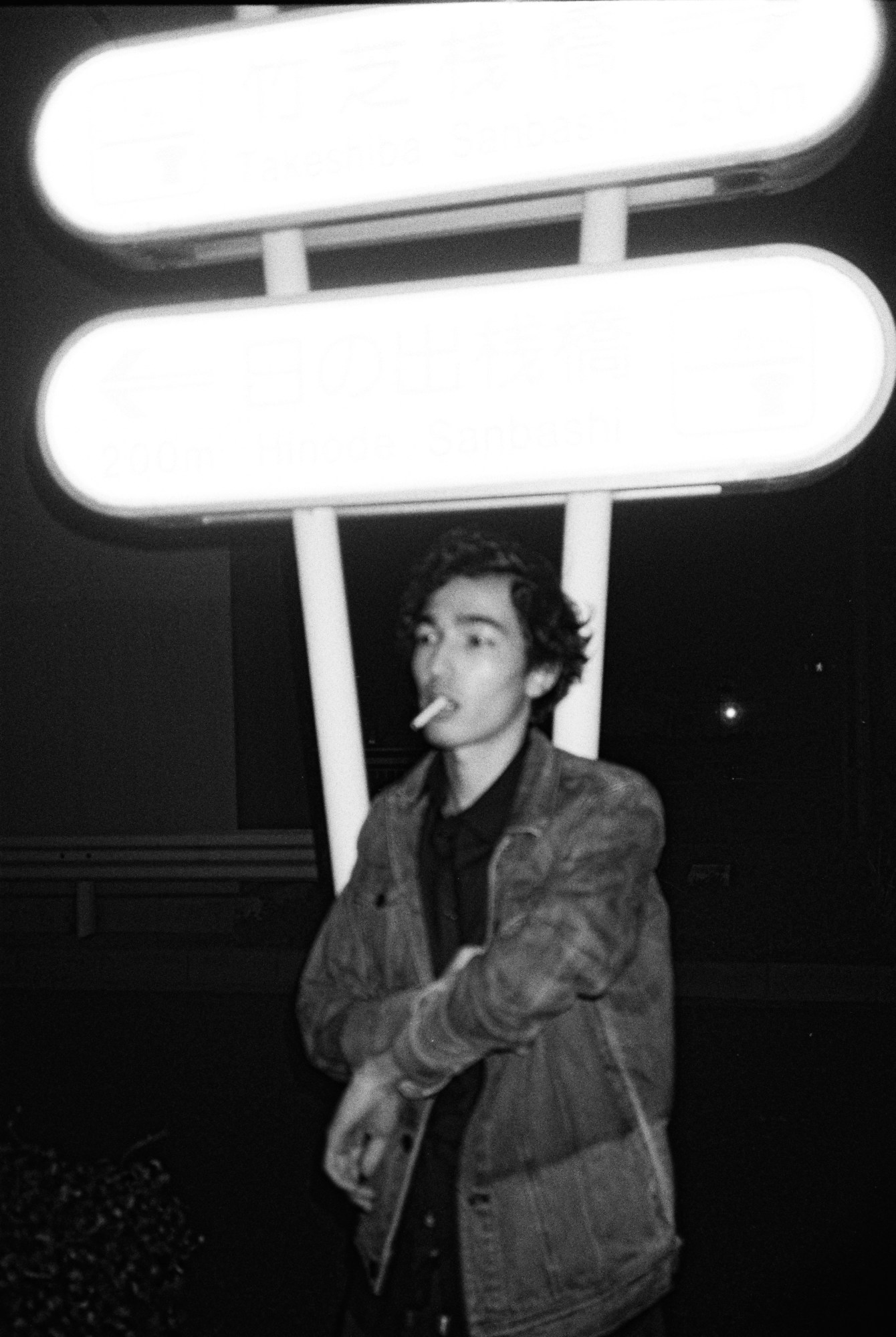
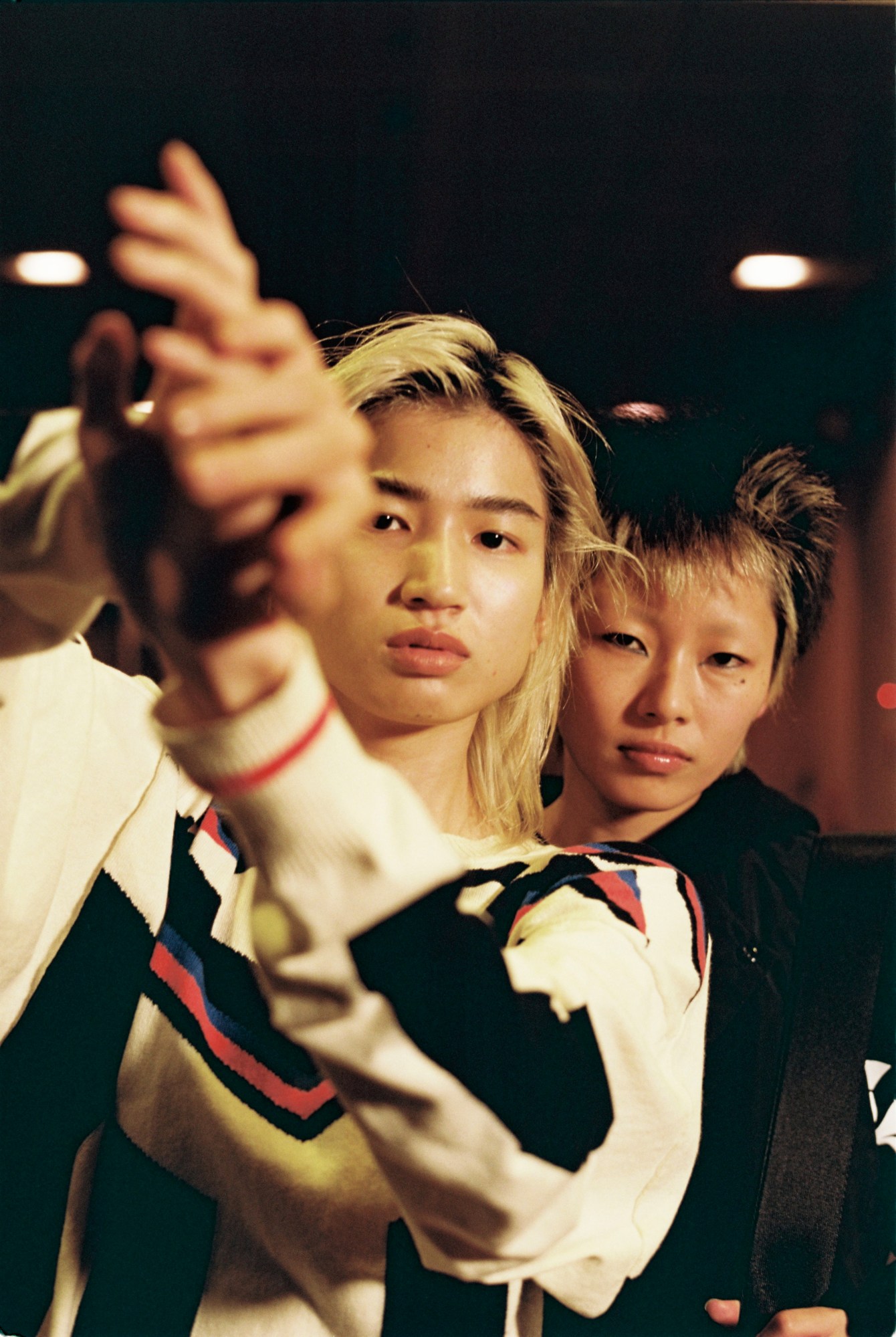
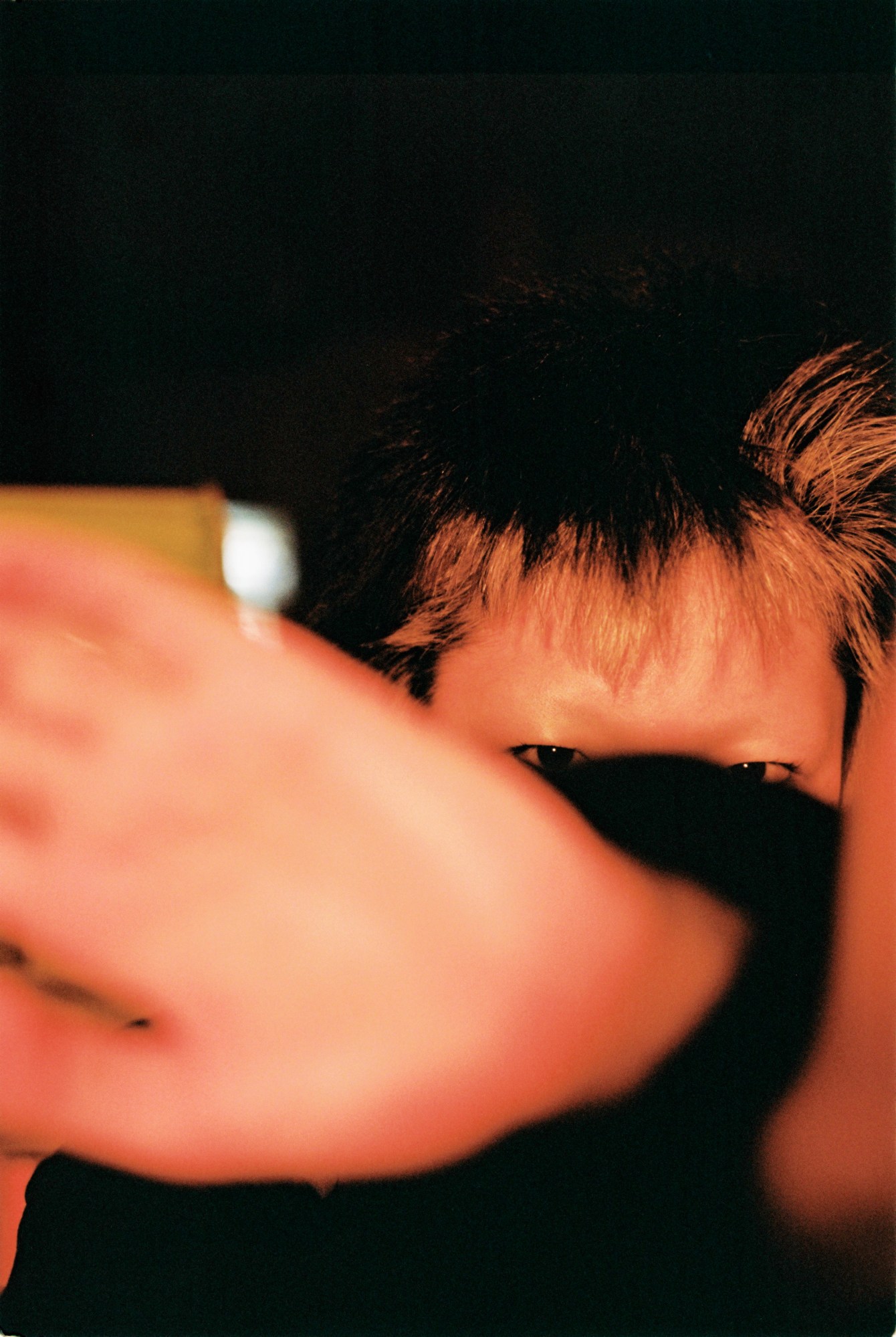
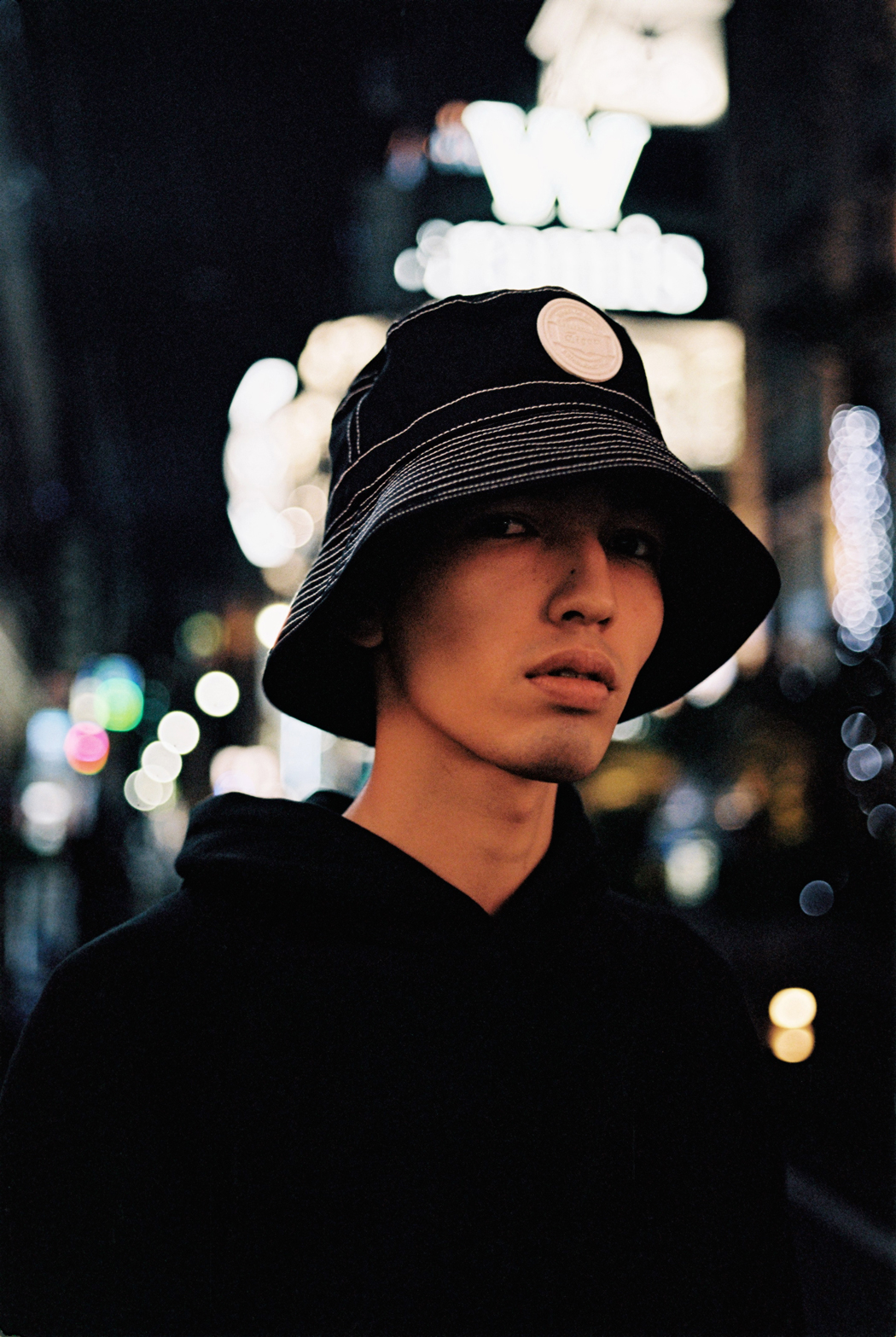
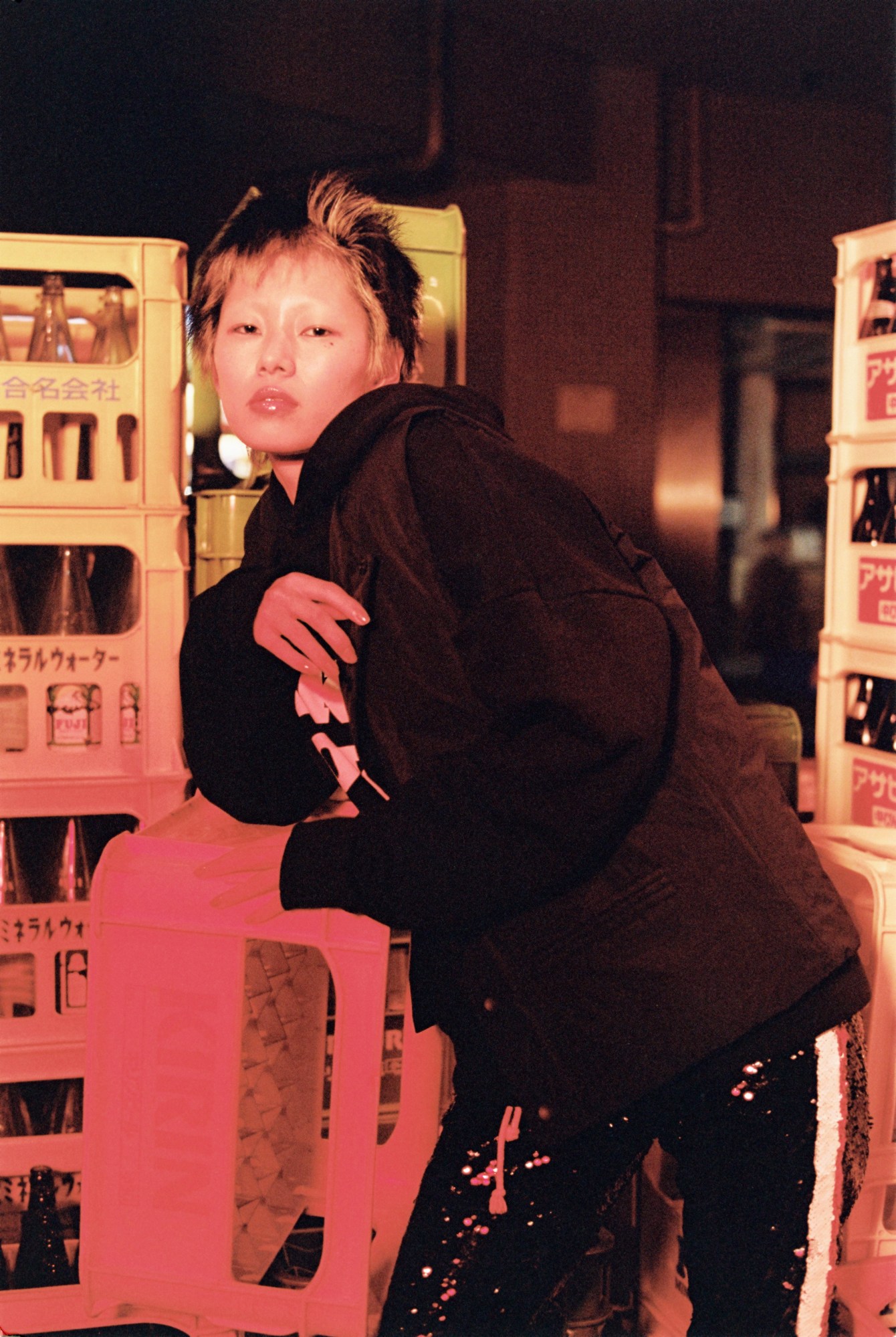

Credits
Photography: Tom de Peyret
Styling: Tom de Peyret
Hair and Makeup: Kato
Photography Assistant: Wakaba Noda
Hair and Makeup Assistant: Tsukushi Tomita
Producer: Chihiro Yomono
Assistant Producer: Makoto Kikuchi, Noriko Wada
Models: Akito (Donna Models), Safil (Image Models), Yuna Mori (Light Models), Yuna Ishikawa (Unknownmodels)
